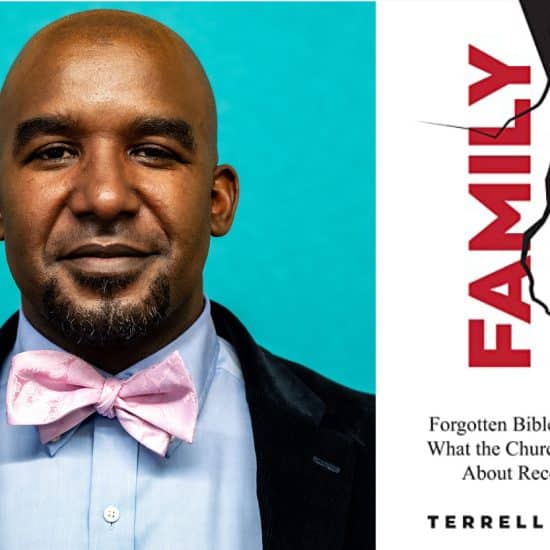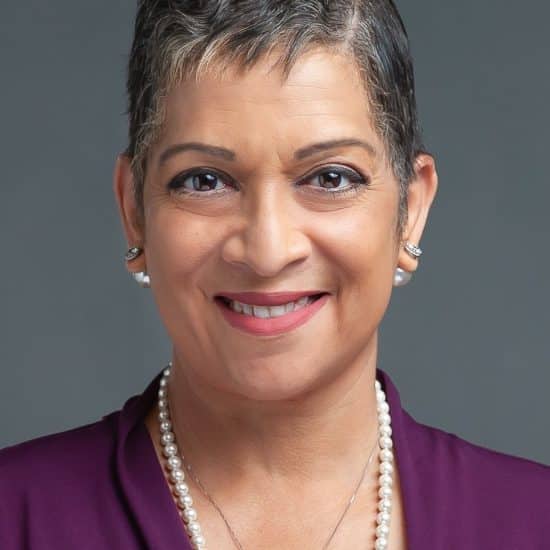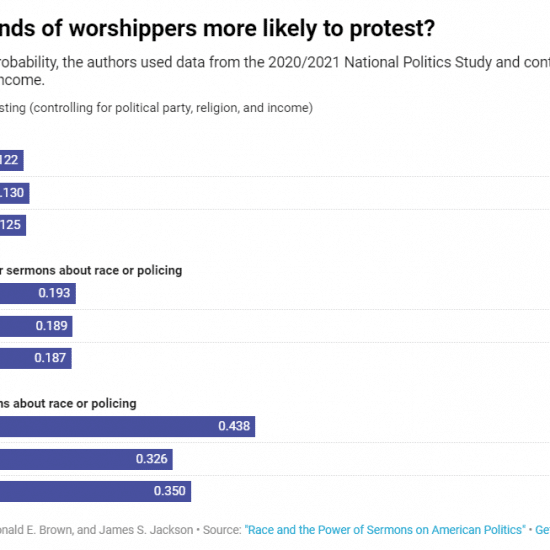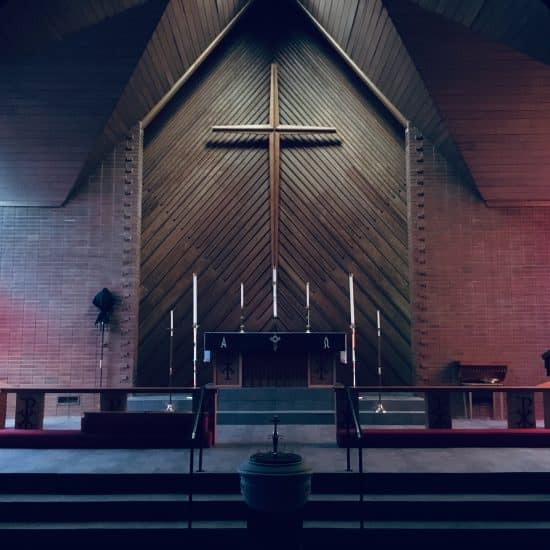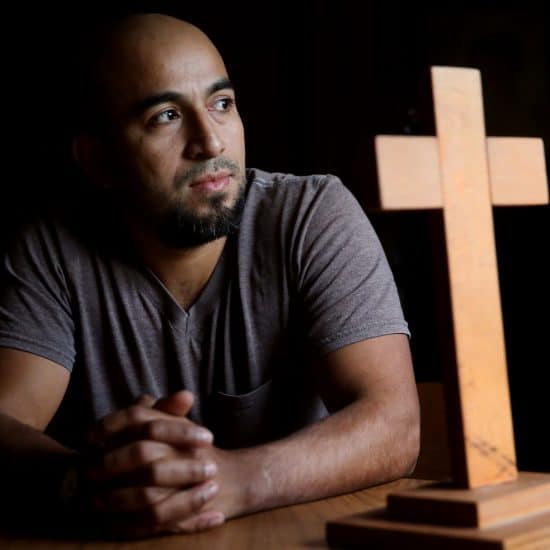BALTIMORE (ABP) – Observing a national holiday honoring the legacy of Martin Luther King Jr., members of a Baptist church in Baltimore took advantage of their day off from work for service opportunities as a way to live out the legendary minister’s dream.

University Baptist Church volunteers prepare muffins and cupcakes for a local homeless shelter.
|
Jan. 16 was the first year for a Day of Service at University Baptist Church in Baltimore, said Georgia Smith, coordinator of the day’s projects. Inspired by a similar project that Friends School in Baltimore took on last year, Smith tailored it to two organizations that are sponsored by the Cooperative Baptist Fellowship-affiliated congregation.
http://www.ubcbaltimore.org/
Volunteers baked muffins and cupcakes sorted clothes and served dinner for Heart’s Place Shelter, a winter shelter for men women and children. Others took on indoor projects at Shepherd’s Clinic, a medical facility operated by volunteer doctors and nurses for the uninsured poor.
http://www.heartsplaceshelter.org/
http://shepherdsclinic.org/
For Smith, a deacon at University Baptist Church, service is a key part of the Christian faith. “I had a lot of role models growing up who demonstrated that your faith is something that’s very active,” she said.
Smith said it is no coincidence that many communities set aside the day for service projects. “This day is becoming an international day of service generally, and I think being involved in community is an important aspect of what Martin Luther King did,” she said. “In both organizations that we’re working with, both help people that are really on the margin, the uninsured working poor. That was another aspect of King’s ministry, working with people who had been marginalized.”
Volunteers saw the day as an opportunity to help out during time that they don’t normally have with a full time job. “It just seemed like a perfect way to do a service project for a couple hours on my day off,” said Ginny Corson.
For others, it was about rekindling a fresh start. “My New Year’s resolution was to spend time with other people and be a better steward of what I have. And this was a great day to do both,” said Beth Miller-Ryan.
For many, the day’s meaning brought flashback memories of King’s march on Aug. 28, 1963. Barbara Glynn lived in Washington D.C. during King’s era, and remembers the very day his march took place.
“I was probably 17 at the time,” Glynn said. “I didn’t go because I was a little concerned about the big crowds, but in retrospect I wish I had gone.”
Glynn recalled the tension of the civil rights movement, when integration split many churches apart, including her own. “I grew in several Baptist churches in D.C. and integration was a problem that was polarizing, and I was proud that my mother and my pastor were for it,” Glynn said.
On location at Shepherd’s Clinic, which provides healthcare and wellness training for the uninsured, volunteers were finishing paint jobs, replacing fluorescent lights and cleaning floorboards.
Jack VandenHengel, executive director of Shepherd’s Clinic, saw the group work as an active display of the connectedness that King’s dream was built on.
“I think what Dr. King was trying to stress was interdependence,” VandenHengel said. “And on a day like this when I’m thinking about the impact of church work group that seeks to take that day on which we honor him, and translate that into action, this is a logical extension of his dream of interdependence played out concretely during the day.”
VandenHengel said King’s dream is intimidating, but the enthusiastic director believes it is crucial to work towards King’s vision on an individual, day-by-day basis. “As you try to take those incredibly lofty dreams, try to embody such loftiness, this dream can easily blow us away,” he said. “It can easily freeze us to inaction. For a day like this you can embody that through selfless service. That dream is nothing but the banding together of members of a society being sensitive to a larger dream.”
VandenHengel said he sees the dream acting as a two-way street, vacillating between the big picture and the individual’s action. “The thing to remember is as lofty as his dream was, he was able to begin to implement it, but only locally,” VandenHengel said. “That dream is not implemented nationally, but person to person, community to community. People that come down here understand they get well because somebody paid attention.”
Once participants commit to selfless service, it becomes infectious. “It’s a massive movement of goodwill; it’s a societal contagion,” said VandenHengel. “You just pay it forward. That’s what happens in a place like this.”
-30-
Alice Horner is an intern for Associated Baptist Press.

